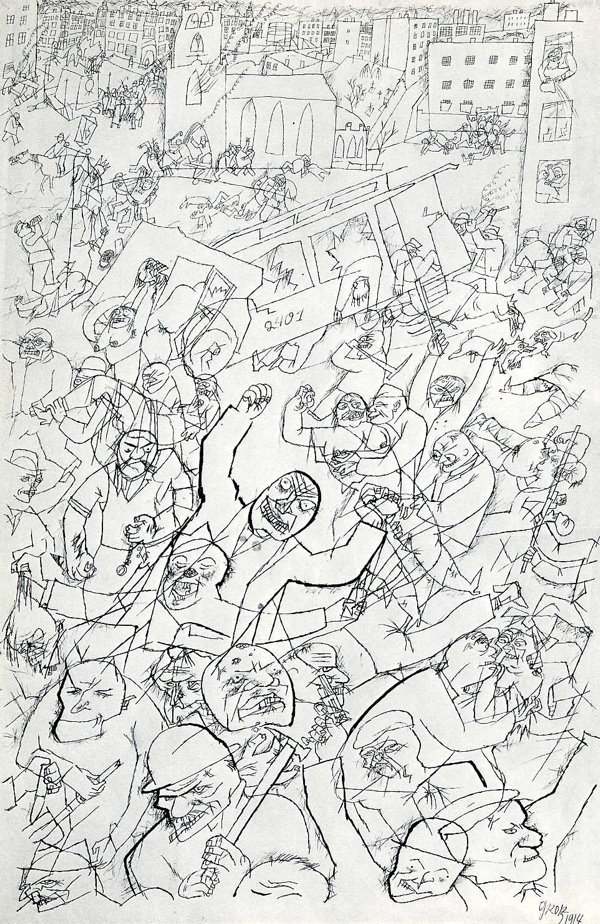It sounds pretty sinister, but also kind of wonderful.
Mass-Observation was a United Kingdom social research organisation founded in 1937. Their work ended in the mid 1950s but was revived in 1981. ....
Mass-Observation aimed to record everyday life in Britain through a panel of around 500 untrained volunteer observers who either maintained diaries or replied to open-ended questionnaires. They also paid investigators to anonymously record people's conversation and behaviour at work, on the street and at various public occasions including public meetings and sporting and religious events.
Here's the lead to a New Yorker profile on Mass Observation from 2006:
On January 30, 1937, a letter to the New Statesman and Nation announced that Darwin, Marx, and Freud had a successor—or, more accurately, successors. “Mass-Observation develops out of anthropology, psychology, and the sciences which study man,” the letter read, “but it plans to work with a mass of observers.” The movement already had fifty volunteers, and it aspired to have five thousand, ready to study such aspects of contemporary life as:
Behaviour of people at war memorials.
Shouts and gestures of motorists.
The aspidistra cult.
Anthropology of football pools.
Bathroom behaviour.
Beards, armpits, eyebrows.
Anti-semitism.
Distribution, diffusion and significance of the dirty joke.
Funerals and undertakers.
Female taboos about eating.
The private lives of midwives.The data collected would enable the organizers to plot “weather-maps of public feeling.” As a matter of principle, Mass-Observers did not distinguish themselves from the people they studied. They intended merely to expose facts “in simple terms to all observers, so that their environment may be understood, and thus constantly transformed.”



No comments:
Post a Comment